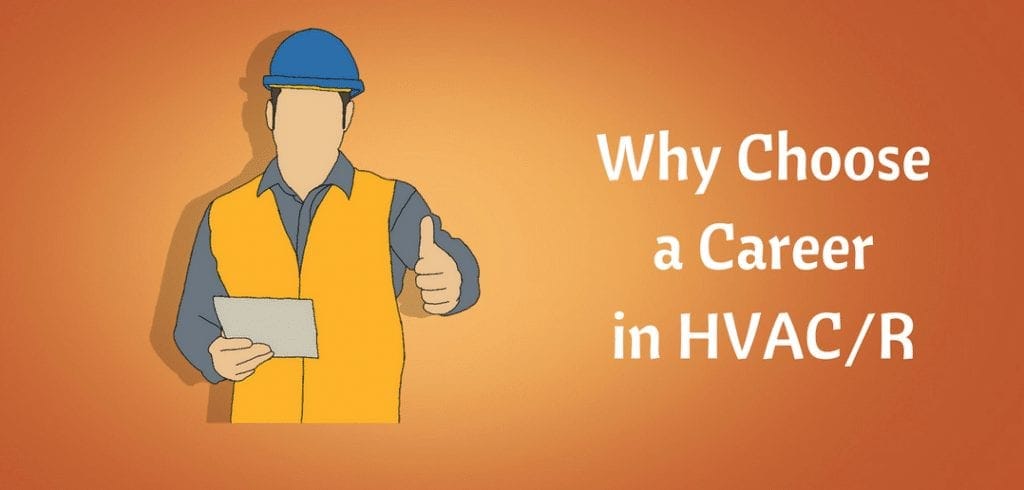The Ultimate Overview To Comprehending Heat Pumps - How Do They Work?
The Ultimate Overview To Comprehending Heat Pumps - How Do They Work?
Blog Article
Material Author-Whitfield Hemmingsen
The most effective heatpump can conserve you considerable amounts of cash on power costs. They can likewise help reduce greenhouse gas exhausts, particularly if you utilize electrical energy instead of nonrenewable fuel sources like gas and heating oil or electric-resistance heaters.
Heatpump work quite the same as air conditioning unit do. This makes them a feasible choice to conventional electrical home heating unit.
How They Work
Heat pumps cool homes in the summer season and, with a little aid from power or natural gas, they supply several of your home's home heating in the winter. They're a good option for individuals that intend to minimize their use fossil fuels however aren't prepared to replace their existing heater and air conditioning system.
They count on the physical truth that also in air that seems as well cold, there's still energy existing: cozy air is constantly relocating, and it wants to relocate right into cooler, lower-pressure settings like your home.
Many ENERGY celebrity accredited heat pumps run at close to their heating or cooling capacity throughout the majority of the year, reducing on/off biking and saving energy. For the very best efficiency, focus on systems with a high SEER and HSPF ranking.
The Compressor
The heart of the heat pump is the compressor, which is likewise called an air compressor. This mechanical moving device utilizes potential power from power production to enhance the stress of a gas by reducing its quantity. It is different from a pump because it just services gases and can not deal with fluids, as pumps do.
Climatic air goes into the compressor through an inlet shutoff. It travels around vane-mounted arms with self-adjusting size that split the inside of the compressor, producing numerous cavities of varying size. The blades's spin forces these cavities to move in and out of stage with each other, compressing the air.
The compressor reels in the low-temperature, high-pressure cooling agent vapor from the evaporator and compresses it into the hot, pressurized state of a gas. This process is duplicated as needed to provide heating or cooling as called for. The compressor likewise contains a desuperheater coil that reuses the waste heat and includes superheat to the refrigerant, changing it from its fluid to vapor state.
The Evaporator
The evaporator in heat pumps does the very same thing as it carries out in refrigerators and a/c unit, changing fluid cooling agent right into an aeriform vapor that gets rid of warm from the area. Heatpump systems would certainly not function without this critical tool.
This part of the system is located inside your home or building in an indoor air trainer, which can be either a ducted or ductless unit. It consists of an evaporator coil and the compressor that compresses the low-pressure vapor from the evaporator to high pressure gas.
http://www.contracostatimes.com/best/best-heating-and-cooling-companies absorb ambient warmth from the air, and after that use power to transfer that warmth to a home or service in heating mode. That makes them a lot a lot more power effective than electric heating units or heating systems, and because they're utilizing tidy electrical energy from the grid (and not burning fuel), they also generate much less emissions. That's why heat pumps are such wonderful ecological options. (Not to mention just click the following web site that they're coming to be so prominent.).
The Thermostat.
Heat pumps are fantastic options for homes in chilly climates, and you can use them in combination with traditional duct-based systems or perhaps go ductless. They're a terrific alternative to fossil fuel furnace or traditional electrical heating systems, and they're extra sustainable than oil, gas or nuclear cooling and heating devices.
Your thermostat is the most important element of your heatpump system, and it functions extremely in a different way than a traditional thermostat. All mechanical thermostats (all non-electronic ones) job by utilizing substances that change size with raising temperature, like coiled bimetallic strips or the broadening wax in an automobile radiator shutoff.
These strips consist of two various kinds of metal, and they're bolted together to form a bridge that finishes an electric circuit connected to your HVAC system. As the strip gets warmer, one side of the bridge increases faster than the other, which creates it to bend and signal that the heating unit is required. When the heat pump remains in heating setting, the turning around shutoff turns around the circulation of cooling agent, to ensure that the outdoors coil now works as an evaporator and the interior cylinder becomes a condenser.